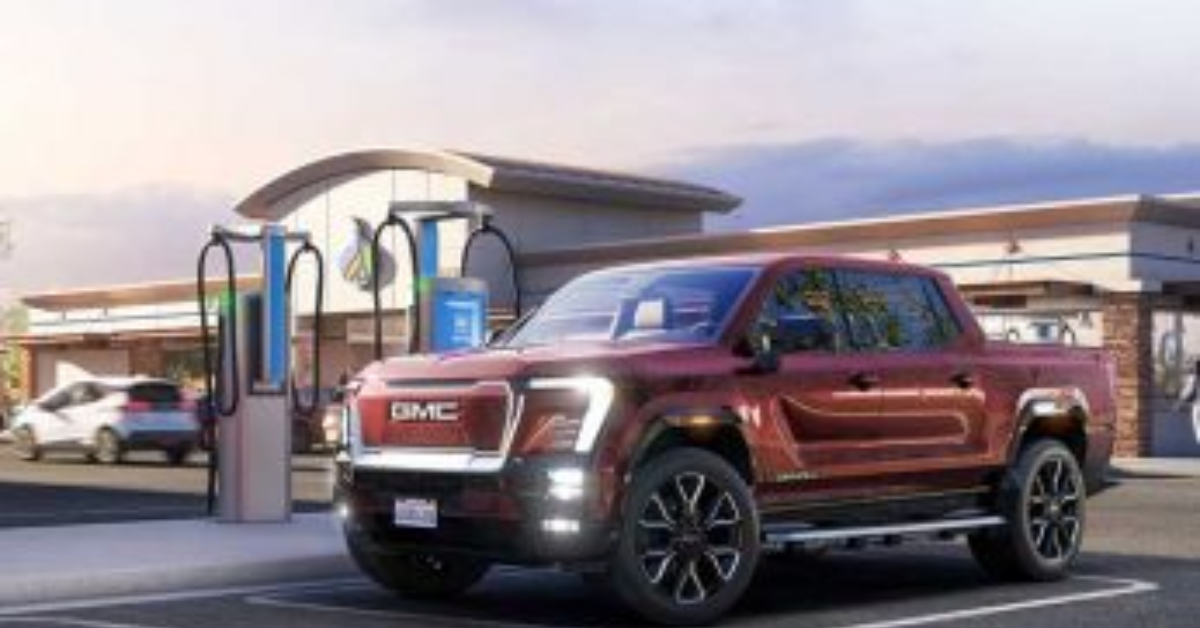The U.S. electric vehicle (EV) market has been growing at an unprecedented pace, and one of the biggest hurdles to mass adoption has always been charging infrastructure. The Trump administration has recently confirmed that it will continue funding initiatives to develop and expand EV charger networks across the country. This decision comes as a strategic move to balance economic growth, consumer convenience, and energy independence while also accommodating the increasing demand for electric vehicles.
In this blog, we explore the details of this funding program, its potential impact on EV adoption, and what it could mean for the future of clean transportation in the United States.
Why EV Charging Infrastructure Matters
Electric vehicles are only as convenient as the charging network that supports them. For many potential EV buyers, “range anxiety” — the fear of running out of charge with no station nearby — remains a key deterrent. A robust, nationwide charging infrastructure can solve this problem by ensuring that charging stations are as accessible as gas stations.
The U.S. has already seen major growth in EV charging locations, but coverage remains uneven, especially in rural areas and along less-traveled highways. This funding extension is expected to bridge these gaps.
Details of the Funding Program
The continuation of EV charger funding under the Trump administration aims to:
- Expand Charging Networks: Focus on increasing Level 2 and DC fast-charging stations nationwide.
- Support Rural Development: Bring charging access to underserved areas.
- Encourage Public-Private Partnerships: Work with automakers, energy companies, and tech firms to accelerate deployment.
- Boost Employment: Create jobs in installation, maintenance, and manufacturing of EV infrastructure.
- Encourage Innovation: Support new technologies like ultra-fast charging, wireless charging, and solar-powered chargers.
The administration is expected to work with both federal and state transportation agencies to ensure smooth rollout and integration of these chargers into existing road networks.
Economic and Environmental Impact
While the Trump administration has historically had a mixed stance on certain climate-related policies, the move to fund EV chargers has clear economic advantages:
- Boost to the Auto Industry: Automakers are rapidly increasing their EV lineups, and improved charging infrastructure supports sales growth.
- Job Creation: Skilled labor will be needed for installing, servicing, and upgrading charging stations.
- Energy Independence: EV adoption reduces reliance on imported oil, keeping more energy spending domestic.
- Lower Emissions: Although environmental policy may not be the primary driver, increased EV use naturally leads to a reduction in tailpipe emissions.
How This Affects EV Buyers
For current and potential EV owners, this funding extension means:
- Shorter Wait Times at Chargers: More stations will reduce congestion during peak travel times.
- Convenience for Long-Distance Travel: Improved coverage along interstate highways will make road trips easier.
- Lower Charging Costs: Increased competition among charging networks could drive down prices.
- Greater Vehicle Options: As charging becomes more accessible, more people will consider switching to EVs, encouraging automakers to diversify offerings.
Industry Reactions
Automakers have welcomed the move, seeing it as essential to meeting their EV sales goals. Energy providers are also on board, as EV charging presents a new and growing revenue stream. Environmental groups, while supportive of the expansion, have emphasized the need to ensure that the electricity powering chargers comes from renewable sources.
Some analysts, however, caution that funding alone is not enough — proper planning, standardization of charging connectors, and integration with renewable energy will be critical to long-term success.
Challenges Ahead
While the funding extension is a positive step, there are still challenges to address:
- Grid Capacity: Increased charging demand will require upgrades to local and national power grids.
- Standardization: Multiple charging connector types can cause compatibility issues.
- Upkeep: Chargers need regular maintenance to stay operational.
- User Education: Drivers need more awareness about charger locations and usage costs.
Looking Forward
The Trump administration’s decision to continue funding EV charging infrastructure could have a transformational impact on the U.S. transportation landscape. As more charging stations appear in neighborhoods, along highways, and at workplaces, the barriers to EV adoption will continue to fall.
Whether you’re an EV owner today or considering one in the future, this expansion means more convenience, better coverage, and a stronger case for going electric.
Final Thoughts
EV adoption in the U.S. has reached a tipping point, and infrastructure is the key to pushing it over the edge into the mainstream. With the Trump administration’s renewed funding commitment, we could see an era where finding an EV charger is as easy as spotting a gas station, making electric mobility a realistic choice for millions more Americans.

